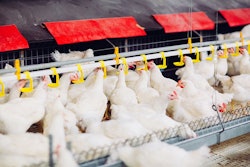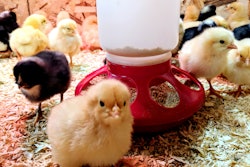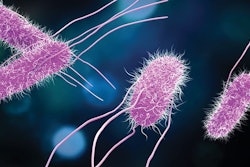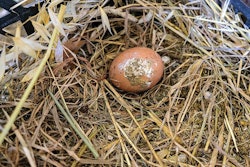
As we know, broilers are efficient converters of resources and allow the sustainable production of animal protein. Nevertheless, with an increasing global population, rising demand for poultry meat and limited arable land, the poultry industry must make further endeavors to produce more chicken meat using fewer resources.
One option to address this challenge is to make feeds that contain regionally produced alternative raw materials and by-products that carry a comparatively low environmental burden in terms of transport and land-use change.
Such raw materials and by-products, however, are typically quite variable in quality and often of limited availability, requiring the use of multiple sources. This is particularly challenging in broiler production due to short production cycles and birds’ limited ability to compensate for temporary performance dips caused by feed quality variation and shortfalls in key nutrients.
Generally speaking, variation destroys value and compensating for it increases cost. To produce feed of consistent quality and attain constant broiler performance, an elaborate process to detect and manage ingredient variation is usually in place.
Yet many operations face constraints in terms of making informed decisions based on analytical data and dealing with varying ingredient quality in the feed mill. To overcome these issues it is important to know both the average content and the variation in an ingredient’s analytes.
Higher variation requires larger safety margins and this can significantly change an ingredient’s economic value. In this regard, the use of table values or analysis of spot samples of a raw material falls short.
Additionally, storing the same raw material from different sources in the same bin can result in a significant increase in variation, even if the quality of the raw materials is reasonably uniform.
With more alternative raw materials being sourced and bin space usually being limited, this aspect is often neglected. It can pay to evaluate how storage is being allocated based on what it means in terms of variation, raw material safety margins and the effect on feed cost.
Overcoming issues
A combination of state-of-the-art technology and processes can facilitate increased use of alternative raw materials without risking bird performance.
Producers should consider employing a complete set of analytical assays that go beyond simply analyzing nutrients and cover other important characteristics such as anti-nutritional factors (ANF) and damage caused by processing, for example.
The increasing number of fast and comparatively cheap analytical near-infrared (NIR) solutions are preferable to classical chemical assays because they enable frequent analyses – essential for understanding raw material variation.
NIR technology needs to be used at the front and back ends of the feed milling process and not only in the quality control lab.
Hand-held NIR makes raw material quality assessment and decision making a point of reception much easier, while in-line NIR equipment can be a powerful tool to enhance quality control of the final feed. Better informed decision-making at the point of reception, improved process control and reduced safety margins offer significant potential for cost savings and return on the technology investment.
Using additives with a well-understood action will not only help with fine-tuning poultry diets but will also support the chicken’s ability to deal with diet variation, antinutritional factors and other potential shortcomings that only come into effect once the feed has been ingested.
Paying attention to those aspects can expand the usage of raw material alternatives, reduce feed cost and contribute to sustainable poultry production.
Poultry feed supply security – resilience beats efficiency
www.WATTPoultry.com/articles/40764

















